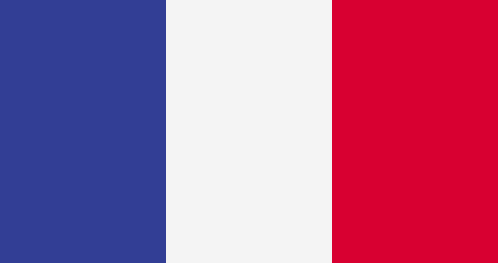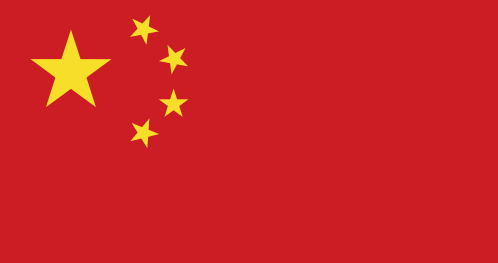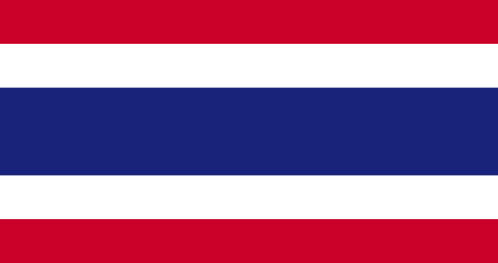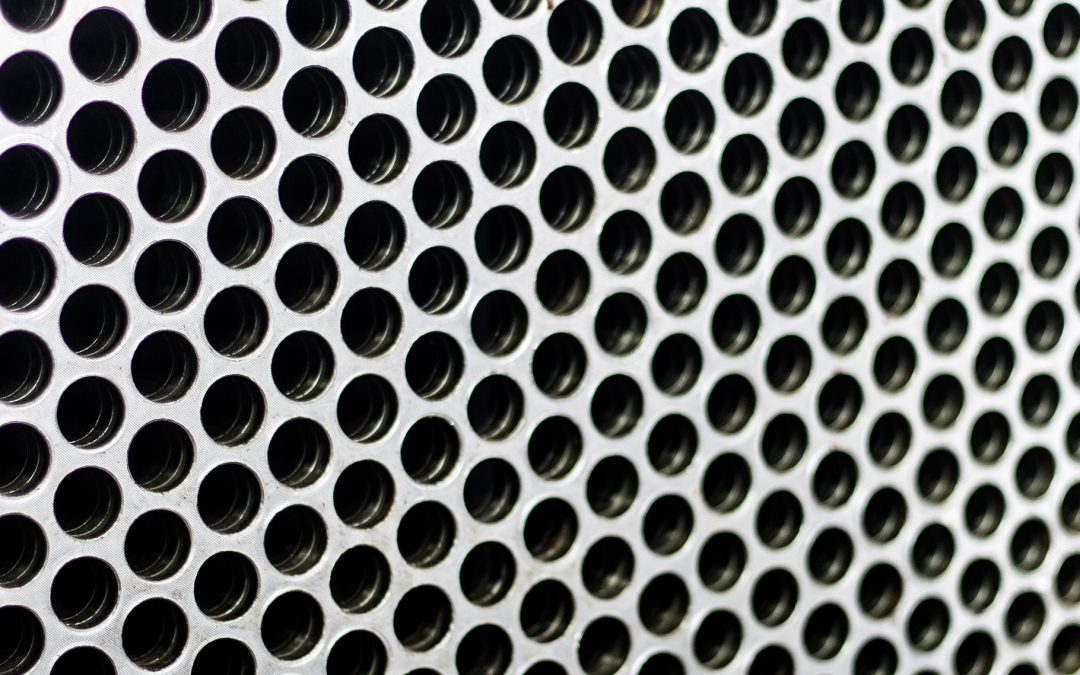In this educational article we’re going to review how to clean scale from a heat exchanger tubes.
Regular heat exchanger cleaning and de-scaling is important to keep operational costs low, and accurate temperatures at your facility.
While every operation is different the following is a general guideline for the steps we take to clean a heat exchanger.
- Close in and outflows, isolating the exchanger from your system.
- Position a ball vale at the low point to prevent backflow.
- Attach circulating hoses so the heat exchanger will fill from the bottom and return the fluid out the top.
- Fill the tubes with water and conduct circulating tests to ensure the hose system is setup properly and no scale waste will be lost.
- Bleed and collect water until the desired amount is left for cleaning & circulating.
- Choose the proper cleaning nozzle for breaking the scale from the tubes. We have a selection of single flex lance tool, dual flex lance tool, triple flex lance tool, dual rigid rotating lance machine, or hand help lance. The right tool depends on your project and requirements.
- Choose the proper solution and media. For some projects we may incorporate chemical cleaners or media to allow for quicker scale removal.
- Some facilities require pH limits for discharge, and our technicians will work with you to ensure all waste is disposed of in accordance with regulations.
- Fresh water flush of the heat exchanger using a new circular hose system, running for 15 minutes.
- Disconnecting all hoses and valves and re-seal the heat exchanger.
After these 10 steps your heat exchanger can now be put back into service. Please note that this is only a general guidelines for off-line cleaning only. Every facility is different so please contact TEAM Group for help performing your next cleaning.
Safety & Heat Exchanger Cleaning
It is important to know that every location, company and site has different safety standards and regulations. TEAM Group ensures that all health and safety measures are met and exceeded on all of our projects. When it comes to heat exchanger cleaning in particular there are a few major safety elements that need to be considered.
Working on live / disconnected heat exchangers. Typically most heat exchanger cleaning is done by disconnecting and removing the heat exchanger from the operations. However some sites may be interested in having the exchanger cleaning in place. It is important that every stakeholder involved is aware of the safety risks and that all H&S measures are followed.
Chemical cleaner & wash runoff. While using chemicals and cycling the solution through the exchanger the collection of scale, liquids, and chemical solution is an important environmental hazard to consider. While using chemicals makes the cleaning quicker, discharge, disposal, and exposure risks should meet all local regulations and employees are using the proper PPE.
Chemical Descaling Applications
Chemical industrial descaling applications leverage cleaning in place technology to remove scale from heat exchangers, coolers, pumps, boiler tubes, and any other hydronic system. Chemical cleaning in place has the ability to remove limescale, calcium, mineral deposits, rust and many more types of scale.
Scale builds naturally during production which is why having regular cleaning is so important. This cleaning can be done in-place or off-site and when monitored and cleaned on a schedule your facility will continue to run smooth and efficient.
Descaling can be done to a variety of equipment in your production. Including but not limited to heat exchangers, cooling tubes, boiler tubes, evaporative coolers, pumps, data centers, marine scale, cooling towers and more.
Resources:
When organizing your cleaning and descaling there are a variety of factors to consider. Are you doing the cleaning internally? Hiring a contractor? How much experience does the contractor have? What safety qualifications does your contractor have? What are the regulatory and environmental requirements? What safety measures are in place?
It’s important to consider all of these questions and any industry specific health and safety measures. If you need help or have questions about any H&S or environmental cleaning questions please reach out to our TEAM. Our industrial cleaning experts will be happy to help you evaluate all the stakeholders.






